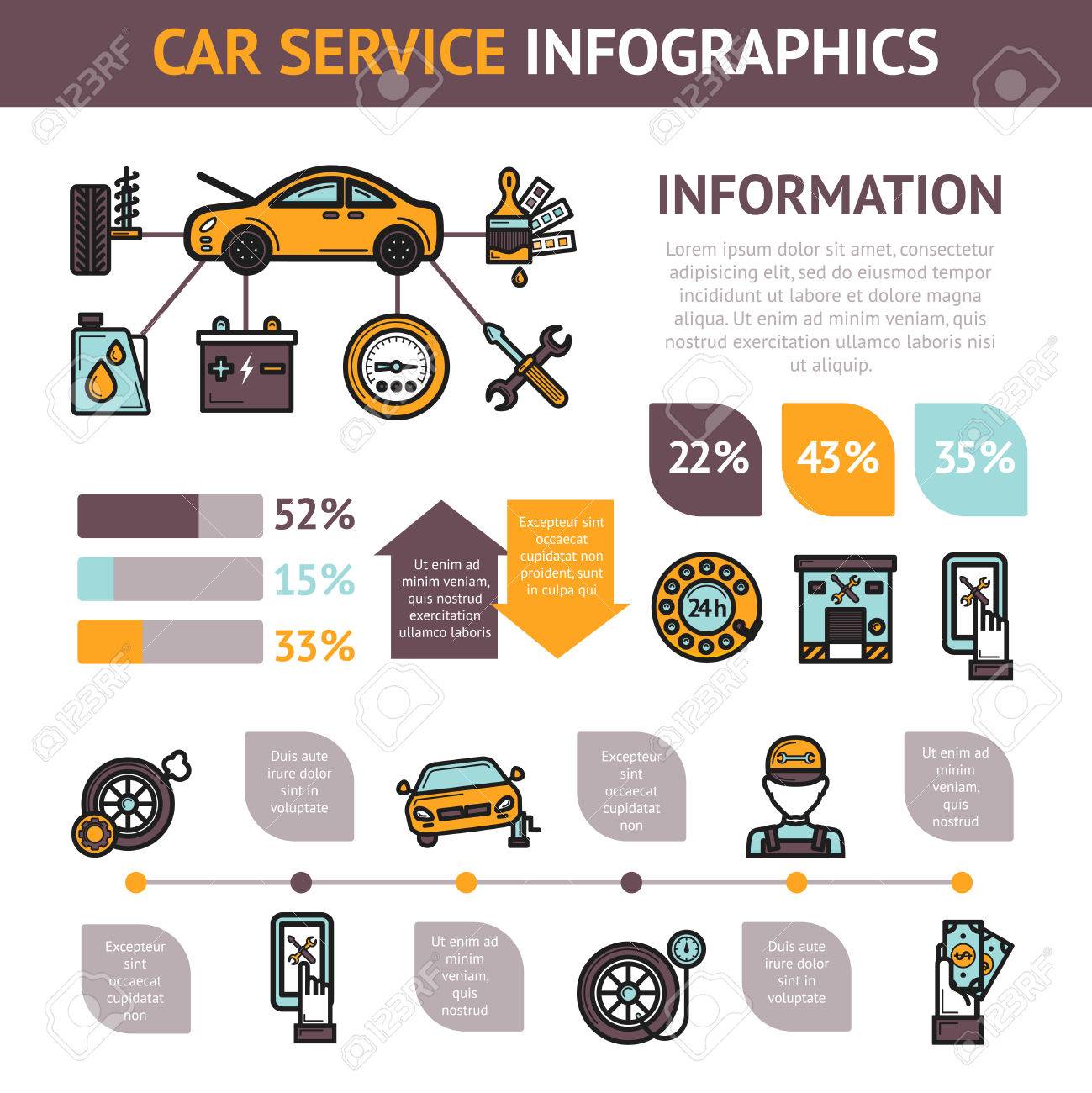Wondering Regarding The Definition Behind Those Control Panel Warning Lights? Gain Insights Into Their Ramifications For Your Vehicle'S Safety And Security And Maintenance
Wondering Regarding The Definition Behind Those Control Panel Warning Lights? Gain Insights Into Their Ramifications For Your Vehicle'S Safety And Security And Maintenance
Blog Article
Article Produced By-Lauritsen Gilbert
When you're behind the wheel, those beautiful caution lights on your dashboard can be a little bit perplexing. Do you know what they're attempting to tell you concerning your car's health? Comprehending visit my homepage of these lights is important for your security and the long life of your automobile. So, the next time among those lights pops up, wouldn't you wish to decode its message properly and take the required steps to address it?
Common Caution Lighting and Interpretations
Identify usual warning lights in your automobile and recognize their definitions to ensure safe driving.
One of the most typical warning lights include the check engine light, which signifies problems with the engine or emissions system. If this light comes on, it's essential to have your car checked quickly.
The oil pressure advising light indicates low oil stress, calling for immediate attention to avoid engine damage.
A blinking battery light may suggest a faulty billing system, potentially leaving you stranded otherwise resolved.
The tire stress monitoring system (TPMS) light signals you to low tire pressure, affecting vehicle security and gas efficiency. Disregarding this can bring about harmful driving problems.
The ABS light indicates a problem with the anti-lock stopping system, compromising your ability to quit rapidly in emergency situations.
Finally, the coolant temperature alerting light warns of engine overheating, which can cause serious damage otherwise solved quickly.
Comprehending these typical warning lights will help you attend to concerns without delay and preserve safe driving conditions.
Importance of Prompt Interest
Recognizing the usual caution lights in your vehicle is only the primary step; the relevance of promptly resolving these warnings can't be highlighted enough to ensure your safety and security when driving.
When a caution light illuminates on your control panel, it's your vehicle's means of connecting a potential concern that requires attention. Ignoring these cautions can lead to extra serious issues in the future, jeopardizing your safety and potentially costing you a lot more out of commission.
Trigger attention to warning lights can prevent break downs and accidents. For instance, a flashing check engine light might indicate a misfire that, if left neglected, might trigger damage to the catalytic converter. Resolving this without delay can save you from a costly repair.
Likewise, a brake system warning light could signify low brake fluid or worn brake pads, essential parts for your security when driving.
DIY Troubleshooting Tips
If you see a warning light on your control panel, there are a few DIY repairing ideas you can attempt before looking for expert aid.
The first step is to consult your auto's handbook to recognize what the details warning light indicates. In some cases the problem can be as basic as a loose gas cap triggering the check engine light. Tightening up the gas cap may fix the issue.
An additional usual problem is a low battery, which can cause numerous warning lights. Examining car grooming for corrosion and guaranteeing they're protected may take care of the problem.
If a caution light lingers, you can try resetting it by detaching the vehicle's battery for a few mins and after that reconnecting it. In addition, examining your automobile's fluid levels, such as oil, coolant, and brake liquid, can assist repair warning lights connected to these systems.
Final thought
To conclude, recognizing your automobile's caution lights is necessary for maintaining your automobile running smoothly and safely. By promptly addressing these alerts and recognizing what they suggest, you can prevent pricey repairs and possible breakdowns.
Keep in mind to consult your car's manual for particular information on each warning light and take action accordingly to ensure a trouble-free driving experience.
Stay notified, remain risk-free when traveling!
